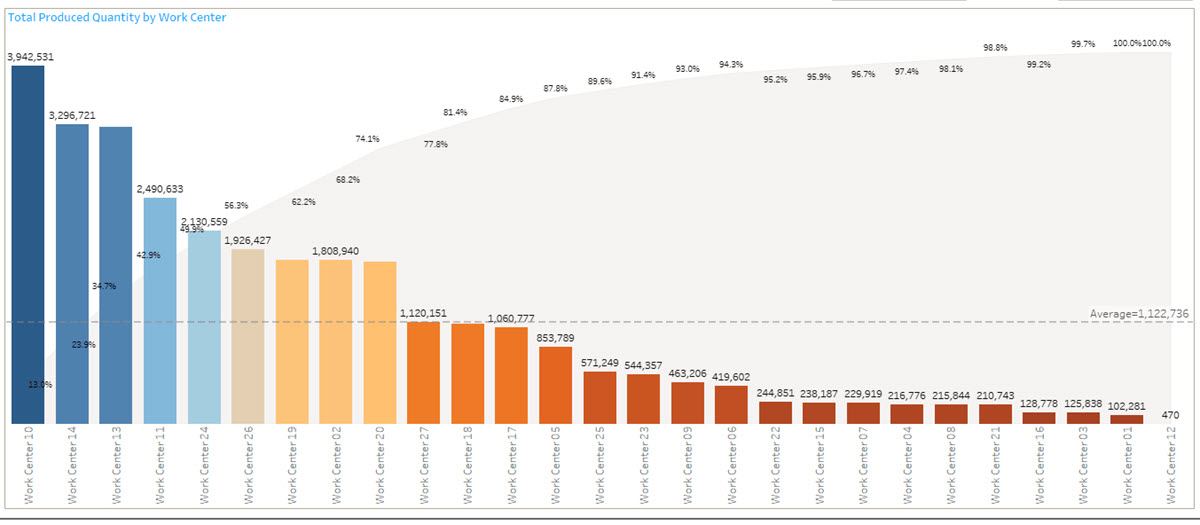Joseph M. Juran who was a Romanian-born American engineer and management consultant, proposed the principle of Pareto Analysis in the late 1940s. He named this analysis after Italian economist Vilfredo Pareto as it was observed by him that in Italy 20% of the population utilized 80% of income. Afterwards, different surveys were carried out by Pareto in a number of other countries as well where he discovered the same fact as the similar distribution applied in the study findings. Basically, it is a statistical technique fora decision-making purpose which is used for choosing a restricted number of tasks that create substantial effect on the whole. It has been observed that Pareto analysis can be practically applied in a number of fields such as quality control and economics.
Steps of How to Do Pareto Analysis
Below there is an example on how to do a Pareto analysis for a range of problems.
- The first step of how to do a Pareto analysis is the identification of the problems and listing them. To begin with, all problems that we need to solve are written in a list. The leading step in this is to list down them by taking the ideas from different sources such as team members, surveys, clients and so on.
- The second step is the determine the root cause once the problems have been identified. The root cause must be discovered by means of using different available techniques such as 5 Whys, Brainstorming, Root Cause Analysis, Cause and Effect Analysis.
- Now the third step is scoring of the identified problems and this must be completed by allocating numbers to every problem which will depend on the problem type that we are trying to resolve. For instance, if our main concern is to improve profits, then the problems can be scored depending on how far they are costing us. On the other hand, in case our main concern is to increase customer satisfaction, the scoring can be done depending on the number of grievances reduced by problem solving.
- After that, the fourth step of how to do a Pareto analysis is grouping of the problems. The problems must be grouped collectively which will depend on the source of their root cause. Let’s say, if our four problems are initiated due to staff shortage then we will place these in the similar group.
- The fifth step is to add up score of each group where the scores of all groups will be summed up as a group. The group with the highest score has to be considered top priority and the group with lowest score will be assumed to have the lowest significance.
- The last and the sixth step of how to do a Pareto analysis is taking required action, as in the end we have to create and implement an action plan with the basic objective of problem solving, where the main and primary focus will be on the problems with highest scoring. It is important to bear in mind that the problems with low scoring may possibly be not even that important that we must really care about them. Moreover, if we put our efforts in solving these problems then it may cost us more than the actual value of the solutions.
Benefits of Pareto Analysis
Interestingly, Pareto Analysis can benefit us in many ways. For a project manager the significance of the Pareto Principle is that it prompts us to concentrate on the 20% of those things that are actually worth to be bothered about. There is no doubt that Pareto analysis is one of the influential tools for the purpose of problems solving as it is simple as well as effective. Despite the fact that this technique focuses on identifying mainly 20 % of the ultimate causes being accountable for the 80 % of our problems, even then we can use it for the solutions where the 80:20 rule is not generally applicable.
Furthermore, the person who is conducting Pareto analysis can improve his or her problem-solving skills as it provides the opportunity of organizing work-related problems based on facts and as soon as these particulars are outlined properly then obviously, we can start planning in order to solve these problems.






